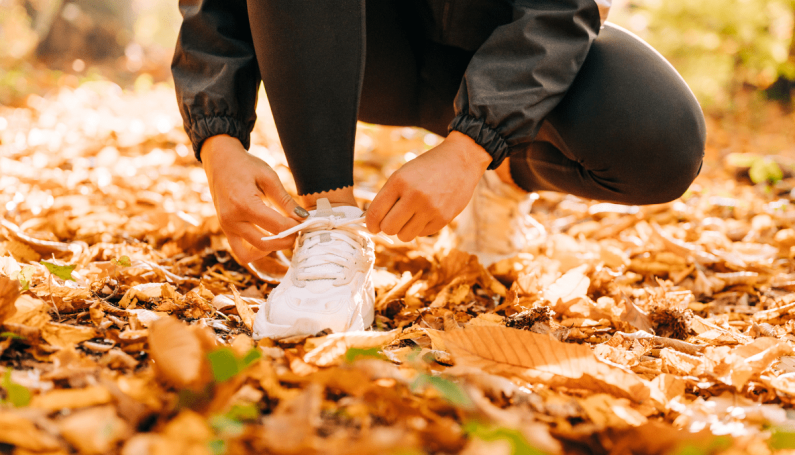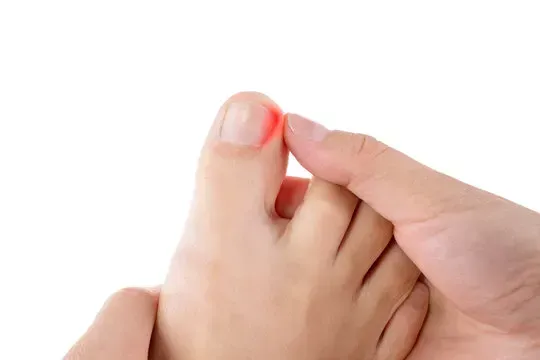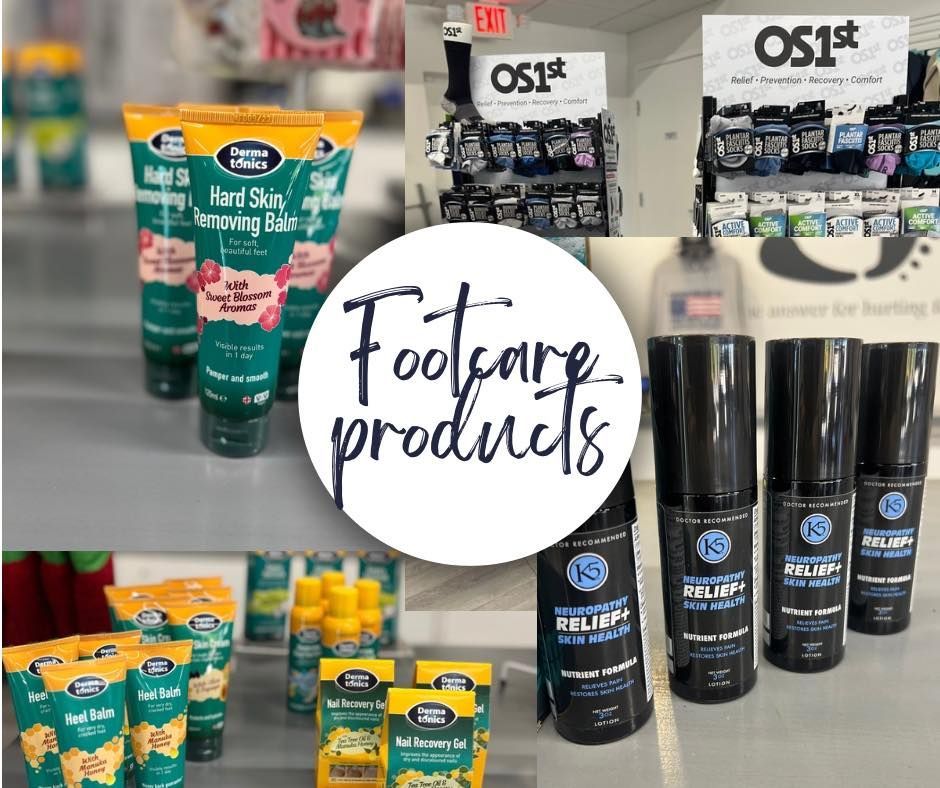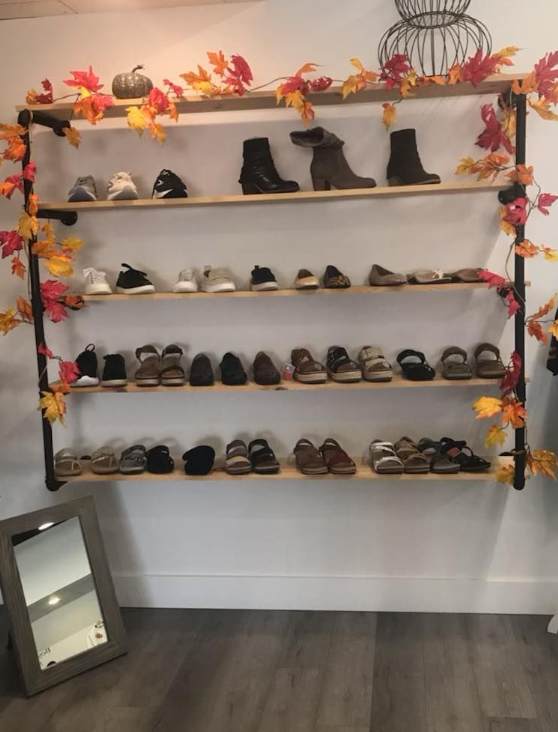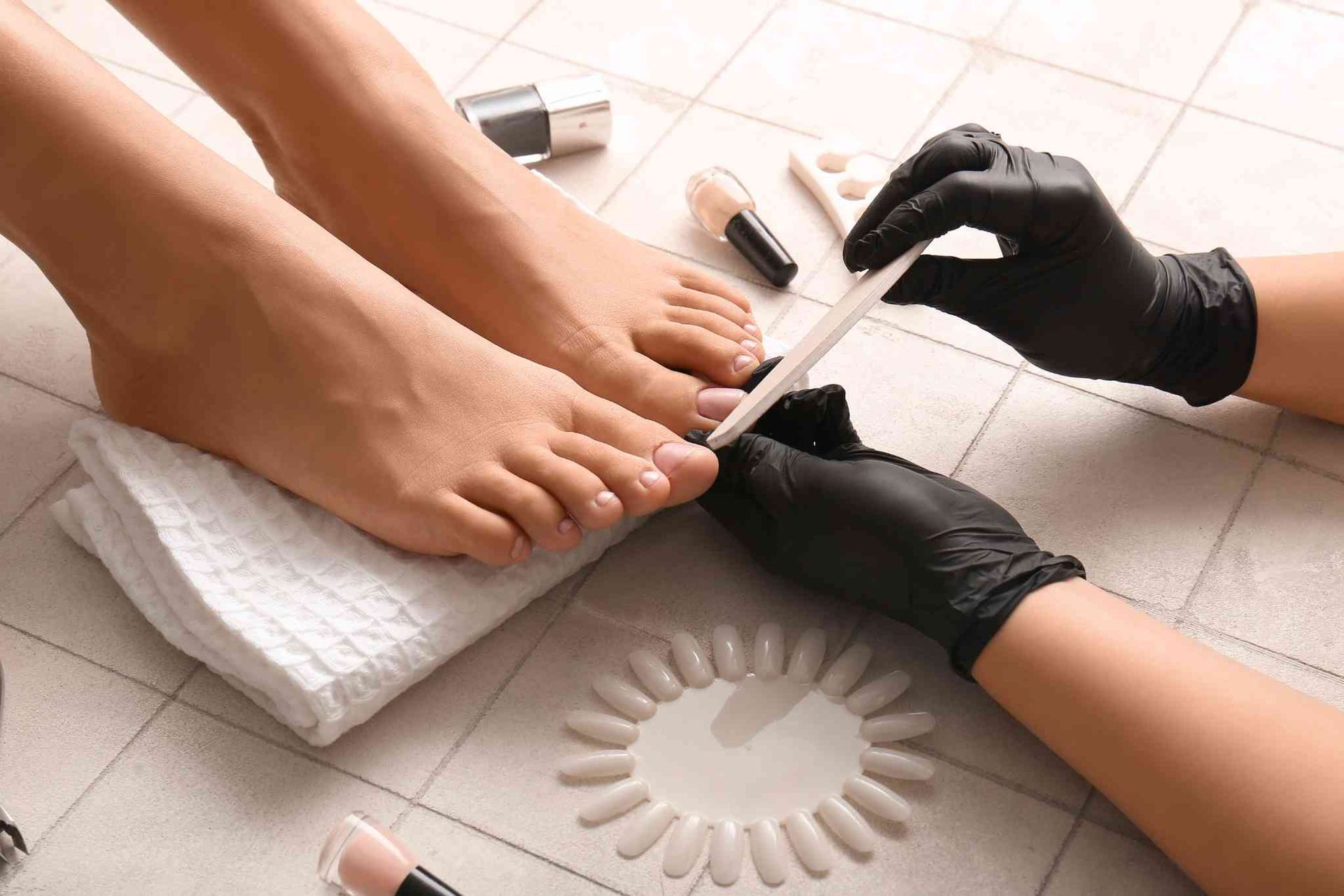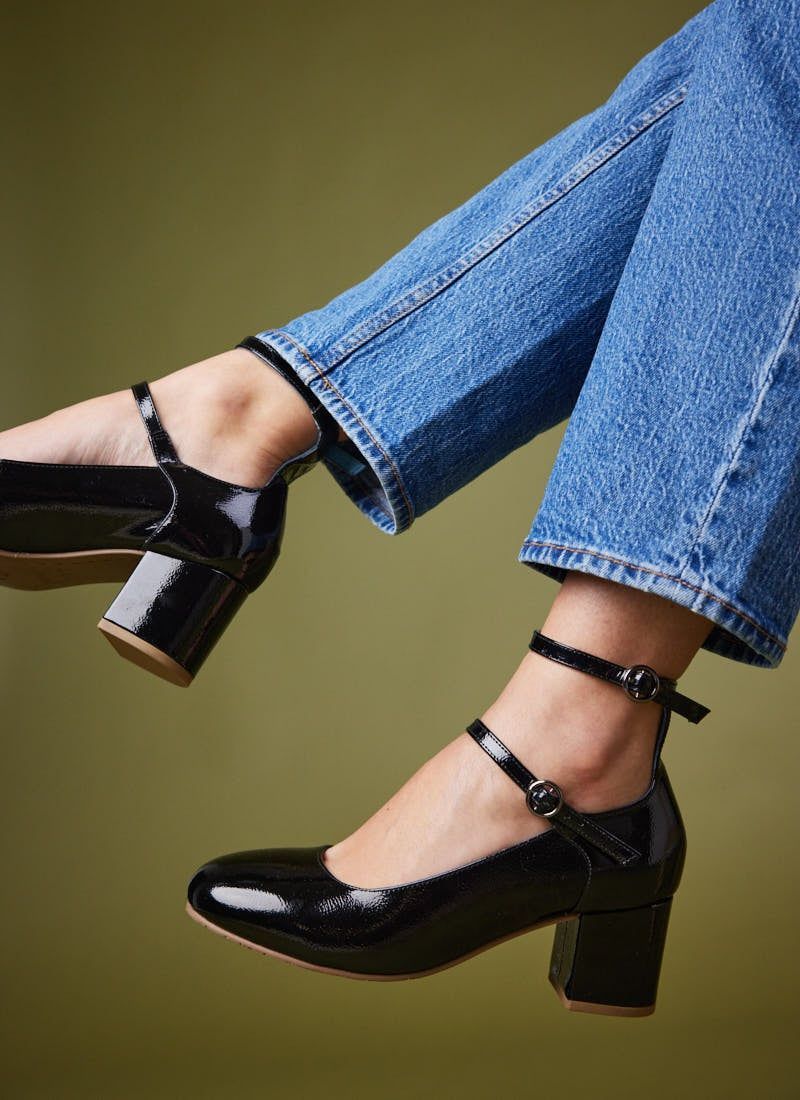Post Title
Comfort in Heels is Possible
Experiencing the agony of blisters and swollen feet can quickly turn your stylish high heels into a source of regret. Fortunately, we have some helpful tips to enhance the comfort of your beloved heels.
Selecting the Correct Shoe Size
A study conducted in 2018 revealed that 63% to 72% of participants were wearing ill-fitting shoes. This is crucial to keep in mind when considering ways to enhance the comfort of your high heels, as even a slight size discrepancy can lead to foot discomfort. To ensure you find the perfect fit, consider having a professional measure your feet, as your size may change over time. Additionally, it's wise to shop for shoes later in the day when your feet are more likely to be swollen, ensuring a better fit after prolonged wear for shoes that combine both elegance and ease. Prepare to look fabulous while feeling great.
Lower the Heel
If you're just starting to explore the world of stilettos, it might be wise to begin with a more manageable heel height, such as a kitten heel or any design that stands at less than three inches. This approach allows you to build your comfort and confidence with heels gradually.
Starting with lower heels provides a perfect introduction to the experience of wearing elevated footwear without overwhelming your feet or altering your posture too drastically. These styles typically offer a slight lift while still maintaining a level of stability that is essential for beginners. As you become accustomed to the sensation of wearing heels, you can focus on developing your balance and walking technique, which are crucial skills for navigating higher styles.
Additionally, opting for shoes with a wider base or a chunkier heel can further enhance your stability, making it easier to walk gracefully. Look for designs that feature cushioned insoles or supportive arches, as these elements can significantly improve your comfort during wear.
Selecting the Perfect Heel Style
When you think of high heels, you might picture sky-high stilettos, but there are plenty of heel options that elevate your height while keeping you steady. Block heels are making a stylish comeback, offering a sturdy design that ensures excellent support. For those seeking comfort, platform heels are a fantastic choice, as they distribute height more evenly and reduce pressure on your feet compared to traditional stilettos. Have you ever felt the strain of shoes that slip off? Ankle strap heels solve that issue by providing a secure fit, allowing you to relax your foot muscles. Plus, who doesn’t enjoy compliments on their footwear? Sculpted or flared heels not only catch the eye but also enhance stability, making them a smart and stylish choice.
Invest in High-Quality Shoes
There is a big difference between high-quality and low-quality heels. High-quality shoes provide more breathability, flexibility and comfort. The cheap plastics and synthetic materials found in low-quality shoes can cause painful blisters, rubbing and slipping.
The key to making high-quality heels last is to take proper care of them. Shoe trees and toe inserts maintain shoes' shape, and you can cap the heels and add slip guards to the bottoms to ensure they last. Don't forget that you can take your heels to a shoe repair shop as needed! It's fun to wear glamorous high heels, and by following these suggestions, you can be both stylish and comfortable.
At Bogers Shoes, we offer an extensive selection of heels that cater to every taste and occasion. Stop by or give us a call for more information on the heels that we carry.

